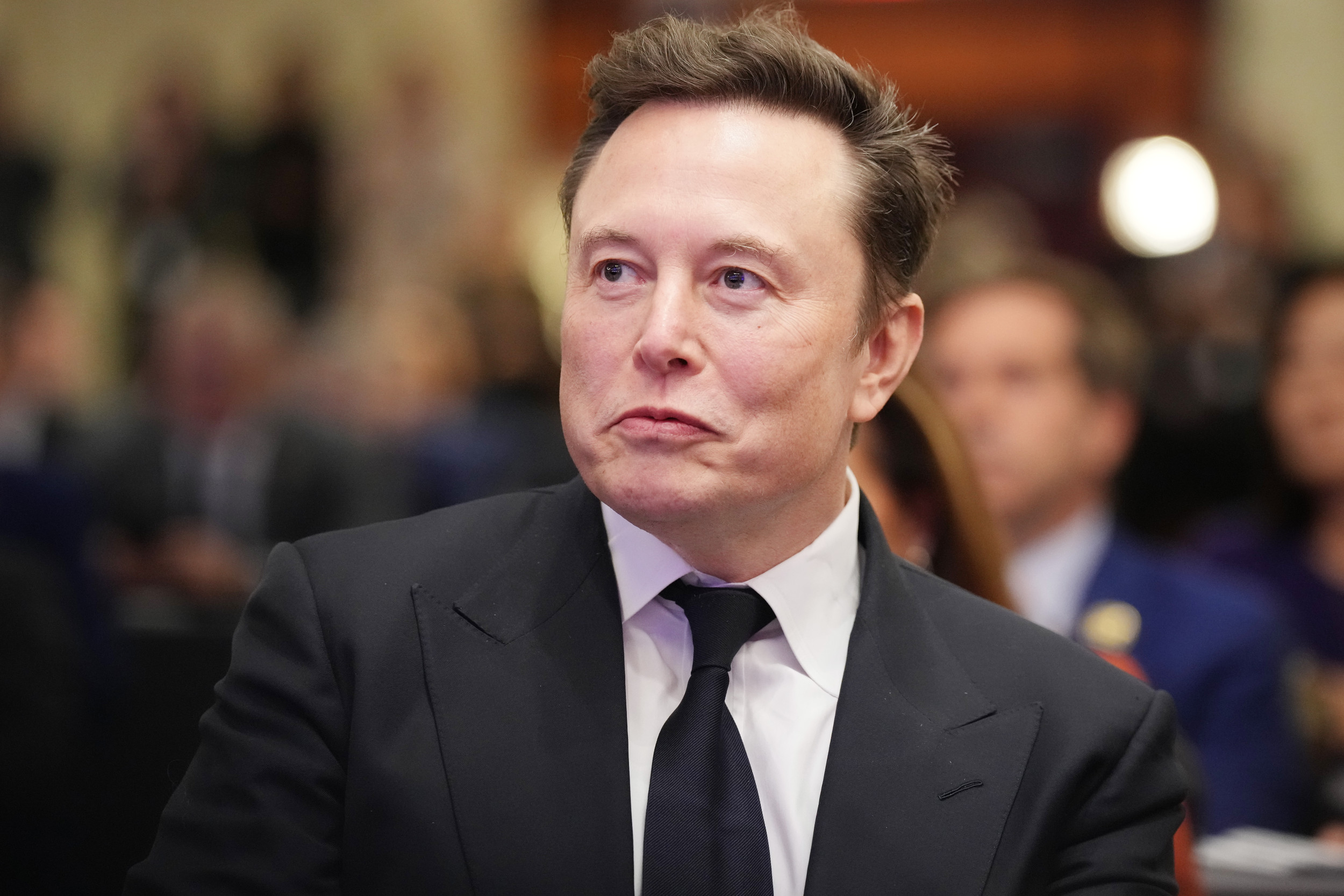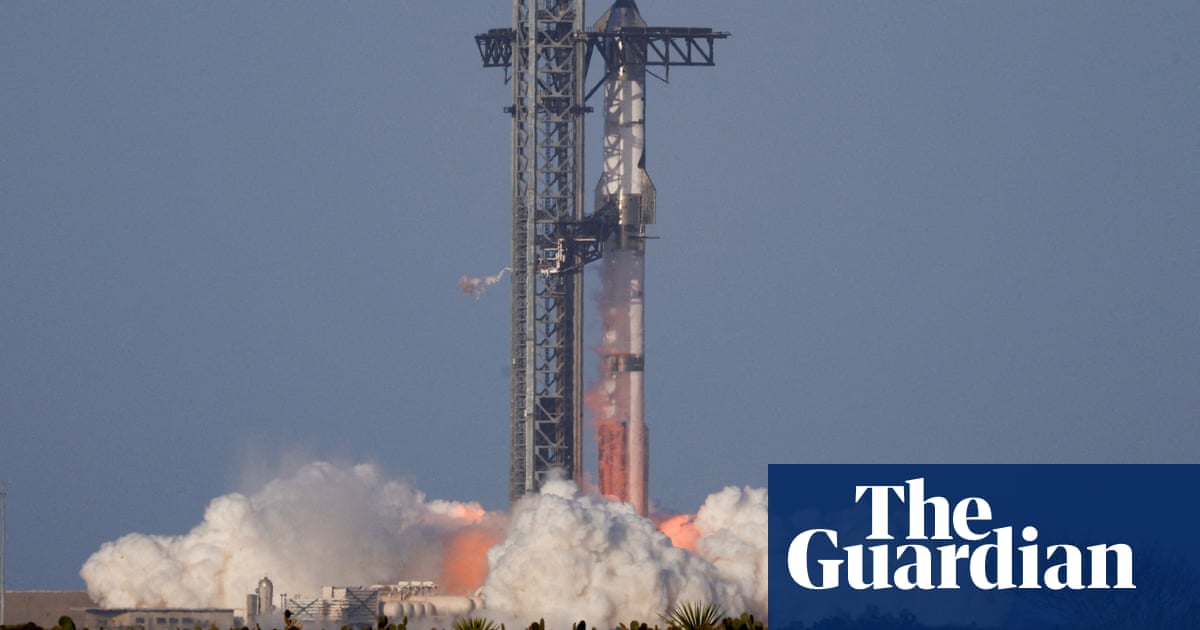Robotics is a challenging domain, yes. Boston Dynamics has very impressive hardware able to replicate human movement, but autonomous navigation through space is primarily a software problem. Moving a widget from one bucket to another in a static, enclosed factory setting is not generalizable autonomy.
But all of it begs the question which no one really has a satisfying answer to - what is the supposed killer application of Tesla Optimus or generalized autonomy with today's tech? What could it actually do, besides be a fancy update of an old parlor trick? What value is that autonomous navigation through a space generating to industry?
BD robots for example have always had their designs and use cases be more specific and focused. Take military applications, receiving considerable funding and interest from DARPA. In recent years, BD has shifted away from their bipedals and quadripedals and designed factory floor robots that are more specialized (some even immobile), and more reminiscent of robots like welders and assemblers. Robots like that have a specific task or a niche they're targetting which is reflected in their whole design, and they're going to perform that particular task expectionally well.
Some tout Optimus as a factory floor application as well, but what's a bipedal robot to do there? It's not going to move things between assembly posts or rooms, as it can never compete with a length of conveyor or AGVs in efficiency or cost. It's not going to assemble, weld, sort, or paint anything, as it can never be as nimble and fast as today's 6DOF arms that just sit on the line. Tesla says it's good for repetitive and boring tasks, but how is it ever going to compete in speed and cost with the backbone of modern mass production, a line of Chinese workers?
It's also not a known quantity like today's factory equipment. Maintenance cost over time, end-user serviceability, etc are all big questions for real world factory applications. When stuff inevitably breaks (and it will), you want to have an inventory of spare parts inhouse and your own service people coming over sorting the problem out with manufacturer supplied service manuals and electrical diagrams, because you can't stop an assembly line to wait for device supplier people to come over the next week. You may be able to replace some worn mechanical parts, but a general purpose AI is inscrutable on the factory floor, and a service tech is unlikely to be able to tell why it's doing something wrong and fix it.
A generalized bipedal robot with today's tech is a solution looking for a problem, a cute sci-fi pipe dream that is still realistically decades away, always more inefficient and a worse choice at any given task than a robot specifically designed for that task. That is something Honda came to realize when they stopped development on Asimo.
From here onward, instead of being hung up on supporting people in every situation with one humanoid robot that has diverse capabilities, we will take the next step forward by striving to help people, in accordance with the time and situation they are in, by using various robots, each with distinct functions developed for more specific purposes.
Tldr Optimus will be a commercial failure.









